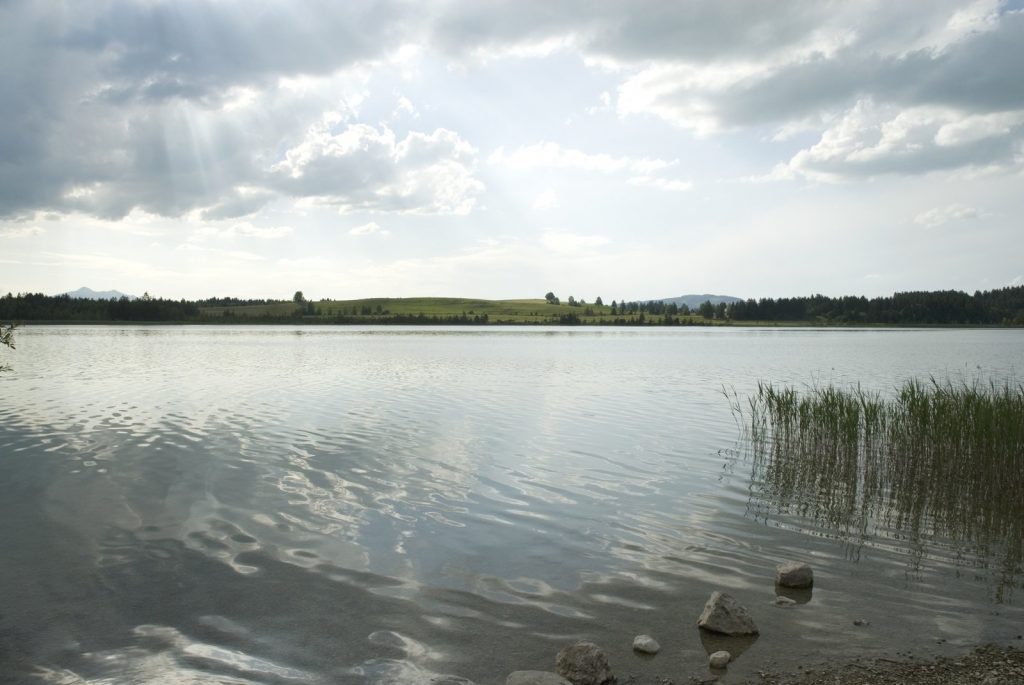
Lake Nokomis has been classified as impaired by the Minnesota Pollution Control Agency (MPCA) since 1998, due to excess nutrients present in the lake leading to more rapid eutrophication (2002) and pollutants (mercury and PCBs) found in fish tissue (1998).
In 1998, the three neighborhood associations serving the residents of the Nokomis watershed, Hale Page Diamond Lake, Nokomis East Neighborhood Association and Standish Ericsson Neighborhood Association, joined together to establish the Blue Water Commission (BWC) to address water quality issues in Lake Nokomis and nearby Lake Hiawatha. Their report BLUE WATER COMMISSION: Report and Recommendations for the management of Lake Nokomis and Lake Hiawatha, issued in 1998, outlined issues addressing the aforementioned water bodies and specific actions they recommended taking to improve the water quality of the lakes.
Recommended Actions
The Minnehaha Creek Watershed District (MCWD), the City of Minneapolis Public Works Department and the Minneapolis Park and Recreation Board (MPRB) undertook several of the recommended actions in the BWC’s report, with most projects implemented between 1998-2002.
- The Public Works Department implemented an additional annual street sweeping to reduce phosphorus entering the lakes via storm water run off (1998).
- The MWCD hired a commercial fishing crew to remove carp that were stirring up phosphorus deposits on the lake bottom, contributing to nuisance algae blooms (2000).
- The MWCD created three wetland settling ponds with grit chambers on the southwest side of the lake by expanding and modifying existing wetlands. The ponds work to reduce particulates and pollutants entering the lake via storm water runoff (2001).
- The MWCD worked with an engineering firm to have an inflatable weir installed to prevent the polluted waters of the Minnehaha Creek from entering Lake Nokomis during storm water events and periods of low lake water levels (2001).
Carp Removal
The carp removal that took place in 2000 will not permanently control the carp population in Lake Nokomis. To attempt to keep their numbers down a bio-manipulation project managed by the MCWD began in 2009. Channel catfish (native to the MCWD) will be introduced to eat the fry of fish that disturb the lake floor. In addition, several plant surveys will be conducted to see if a reduction in lake bed disruption allows for the recovery of native aquatic plants.
In 2010, the MPCA undertook a Total Maximum Daily Load Study (TMDL) of several lakes within the MCWD, Lake Nokomis being one of them. This report analyzed what the maximum acceptable level of pollutant loads, including non point source pollutants (run off from yards, parks lands, parking lots and streets) for the lake are. The draft version of the study submitted for approval recommended a 57% reduction in the levels currently being found to enter the lake, with a 63% load reduction needing to come from the portion of the watershed falling within the four Minneapolis neighborhoods draining into the lake.